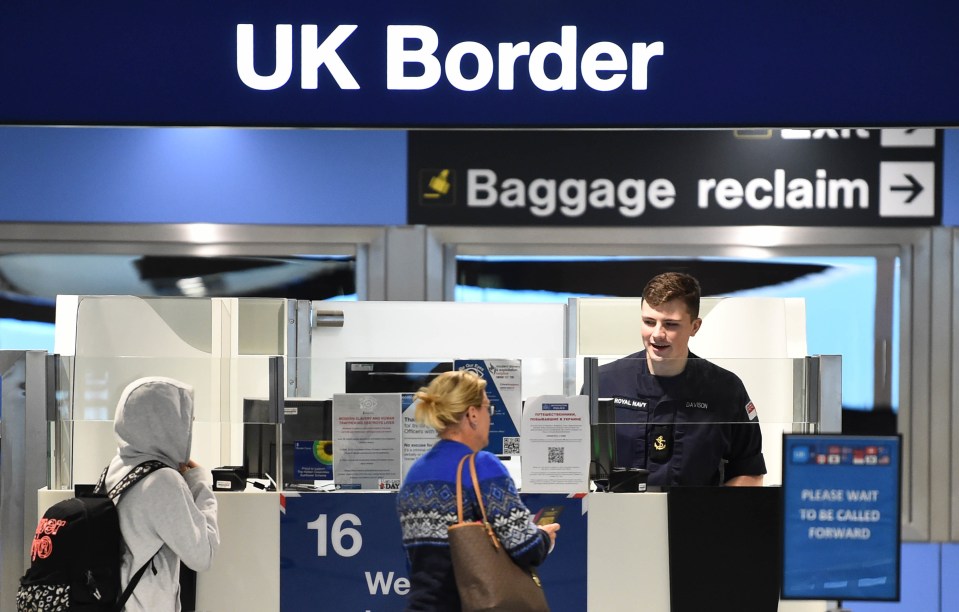This week was a landmark for UK pensions, with the launch of a new collective pension arrangement offering the potential of better retirement outcomes for millions of people.
On Monday, Royal Mail became the UK’s first employer to offer a collective defined contribution (CDC) pension to staff — six years after it was originally announced.
The government also published plans to boost the take-up of CDC by allowing multiple employers to join a single plan, in contrast to Royal Mail’s single employer plan.
CDC seems to offer a higher and less risky pension than individual DC, as well as boosting investment in UK private assets. But can it really do what it says on the tin?
Private sector defined benefit (DB) pensions, guaranteed by an employer, are all but extinct, replaced by defined contribution (DC), with people saving into individual pots and taking their own investment and longevity risk.
CDC sets an annual “target pension”, based on the value of assets from employee and employer contributions, plus investment returns. Target pensions are not guaranteed, but can move up or down each year — including for pensions already being paid — depending on asset values.
To fund its ambitious growth plans, the government is trying to push pensions into UK “productive assets”, and it hopes CDC is another pool of money to be invested in infrastructure, start-ups and private equity.
In 2023 major pension providers signed the Mansion House Compact to allocate 5 per cent of assets in the DC “default” funds to private assets, and the government hopes about £50bn will be invested by 2030.
By how much CDC could increase this target depends on CDC take-up, and the allocation to private assets.
Since Royal Mail’s announcement six years ago, no other companies have signed up to CDC, and no pension provider has said it will set-up a multi-employer CDC.
Suppose 10 per cent of DC assets move into CDC, and that CDC holds 10 per cent in private assets, double the Mansion House DC target. Overall DC and CDC private assets would only increase to 5.5 per cent, barely moving the dial versus DC alone.
But CDC fans claim it can hold a much higher chunk of higher-risk assets than DC, because of “intergenerational risk sharing”, when members of different ages pool investment risk and longevity.
This claim gets to the heart of the CDC fallacy. For any asset allocation, CDC investment risk is exactly the same as DC.
Intergenerational risk-sharing is a myth, because legislation prohibits “buffers” to “smooth” outcomes. CDC plans are not allowed to hold assets in a buffer, to be released when returns are worse than expected, or added to when returns are better than expected, as with discredited “with-profits” policies.
If CDC assets fall by, say, 20 per cent, target pensions also fall by 20 per cent for all members — an 80-year-old pensioner, or a 30-year-old employee.
This is exactly the same as a DC saver with their own pot. If assets fall by 20 per cent, their “target pension” falls by the same amount.
Identical contributions and identical asset allocation produce identical CDC and DC returns, but, of course, CDC comes with higher management costs. The government should not expect CDC to hold any more private assets than DC.
CDC also imposes the same asset allocation on all members, regardless of their age or risk preference. DC gives everyone the flexibility to choose their own level of investment risk, which may change as they approach retirement.
What about Royal Mail’s CDC? It has 6 per cent member and 13.5 per cent employer contributions, giving an inflation-linked target pension of 1/80th of salary, plus 3/80ths cash, from age 67. Over 40 years, members could earn a target pension of half average salary, plus a cash lump sum of three-times pension.
But this looks unexciting — at today’s inflation-adjusted long-term gilt rates it’s an average return of only gilts plus 1 per cent. A DC saver could achieve the same “target pension” by holding low risk-gilts and corporate bonds, with just a smattering of higher-risk equities.
CDC was really only ever attractive to the few private sector companies still offering DB, not the overwhelming majority with DC. But now the annual cost of DB pension promises has been slashed, thanks to much higher long-term interest rates, these companies have no incentive to close their DB pensions and make the leap into the CDC-unknown.
Although there are no “magic beans” in Royal Mail’s CDC, what sets it apart from “normal” DC is the generous 13.5 per cent employer contribution, higher than most blue-chip companies, and much higher than the 3 per cent legal minimum.
And total contributions of almost 20 per cent of salary are enough for Royal Mail staff to build-up a decent DC pension pot, and a decent pension.
We shouldn’t fall for the false promise of better retirement outcomes by shifting to complex, opaque and costly CDC pensions. The only real way to improve pensions is with simple, transparent and cheap DC pots, and higher contributions.
John Ralfe is an independent pensions consultant. X: @johnralfe1








































































































































You must be logged in to post a comment Login